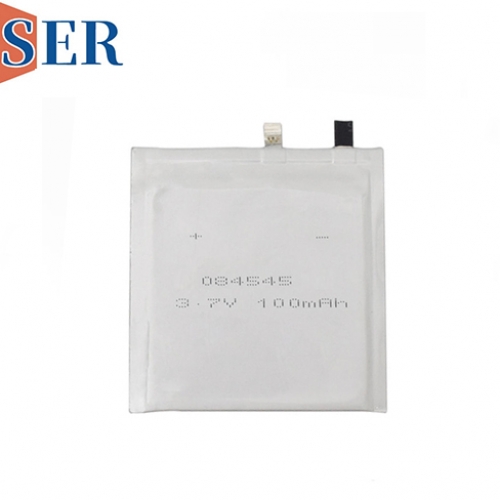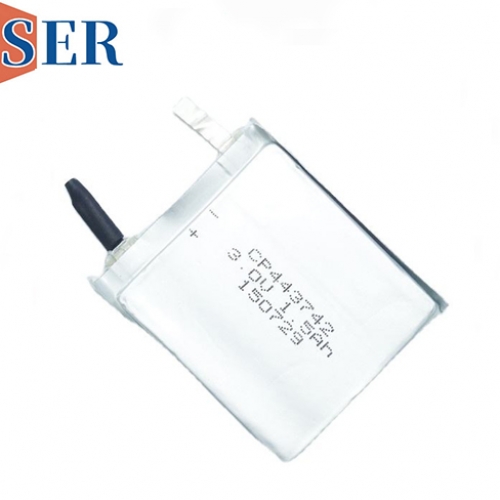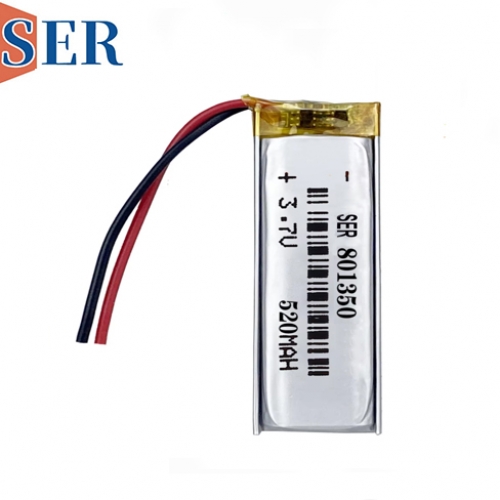Ohm's Law in High-Temperature LiSOCL2 Batteries
The Application of Ohm's Law in High-Temperature LiSOCL2 Batteries

Ohm's Law is one of the most fundamental and important laws in electricity, describing the relationship between voltage, current, and resistance, namely, voltage equals the product of current and resistance (V=I×R). This law has a wide range of applications in various electrical scenarios. However, regarding the specific application of Ohm's Law in high-temperature batteries, particularly high-temperature LiSOCL2 batteries, the following points need to be clarified:
I. Applicability of Ohm's Law
Ohm's Law primarily applies to conductors and circuits with constant resistance. In high-temperature batteries, although the operating environment temperature is high, Ohm's Law can still be applied as long as the battery's resistance remains constant or changes predictably under specific conditions.
High-temperature LiSOCL2 batteries, as batteries capable of stable operation in high-temperature environments, may experience changes in internal resistance with temperature and battery state. However, during battery design and testing, the resistance values of batteries under different conditions can usually be obtained through experimental measurements, allowing the use of Ohm's Law for current and voltage calculations.
II. Application of Ohm's Law in High-Temperature Batteries
Calculation of Current and Voltage:
During the design and testing of high-temperature LiSOCL2 batteries, it is necessary to measure the battery's voltage and current to assess its performance. Using Ohm's Law, the current can be calculated based on the battery's resistance value and measured voltage, or the voltage can be calculated based on the current and resistance.
This is crucial for determining the battery's power output, energy density, and optimizing battery usage conditions.
Battery State Monitoring:
When high-temperature batteries operate in high-temperature environments, their internal resistance may change, affecting battery performance and safety.
By regularly measuring the battery's voltage and current and using Ohm's Law to calculate the battery's resistance, the battery's state can be monitored in real-time to detect potential faults or performance degradation issues promptly.
Circuit Design and Optimization:
In high-temperature battery application scenarios, such as in oil wells, circuit design and optimization are crucial.
By applying Ohm's Law, the required resistance size in the circuit can be calculated to ensure the circuit operates normally under specific conditions and protects the battery and equipment from damage.
III. Precautions
Although Ohm's Law has certain applications in high-temperature batteries, it should be noted that high-temperature environments may affect the internal structure and performance of the battery, resulting in changes in resistance values.
Therefore, when applying Ohm's Law, the impact of high-temperature environments on battery performance should be fully considered, and accurate calculations and analyses should be conducted based on experimental measurement data.
In summary, the application of Ohm's Law in high-temperature LiSOCL2 batteries is mainly reflected in current and voltage calculations, battery state monitoring, and circuit design and optimization. However, due to the impact of high-temperature environments on battery performance, accurate analysis and calculation should be performed in practical applications based on experimental measurement data.





